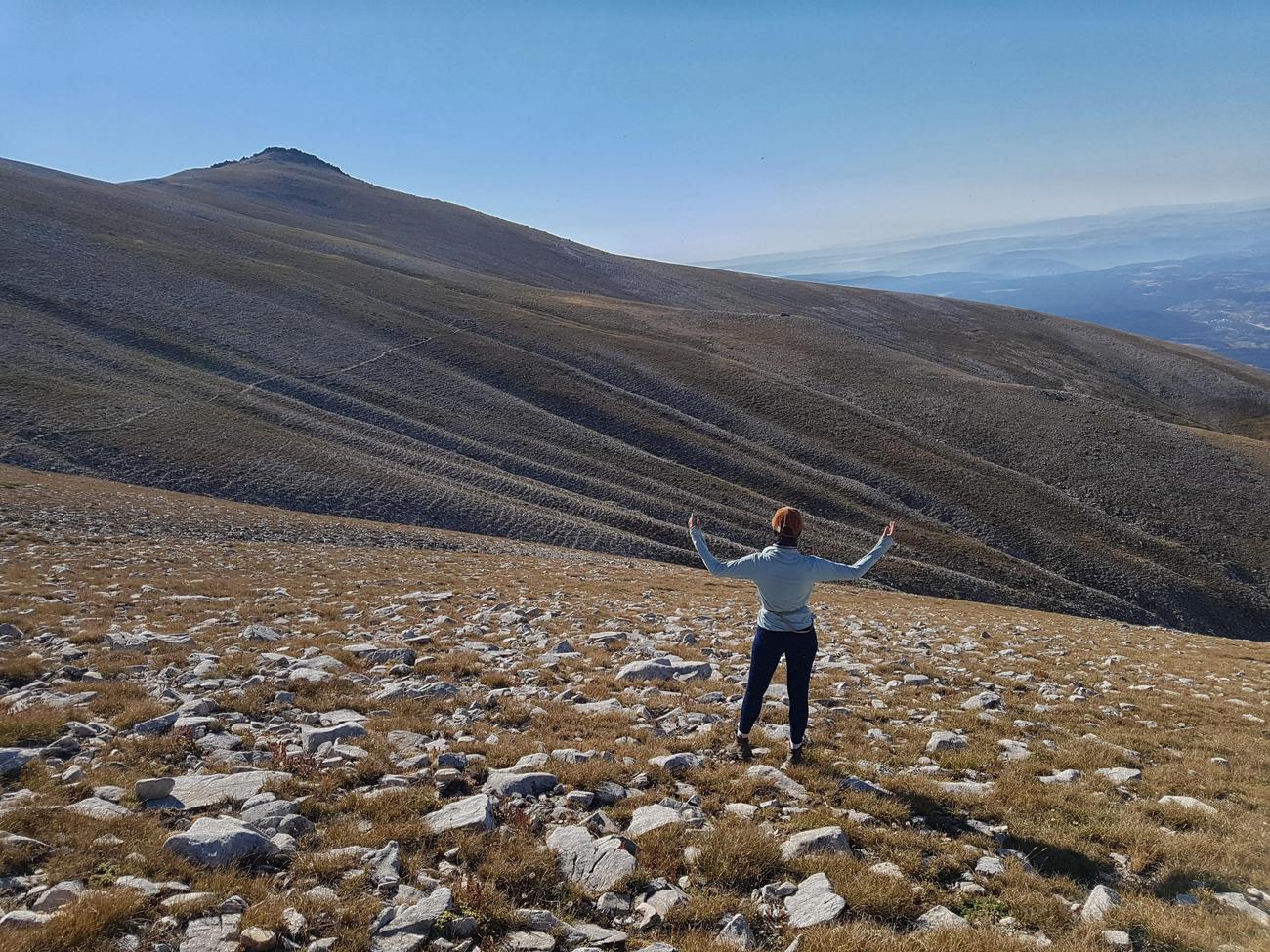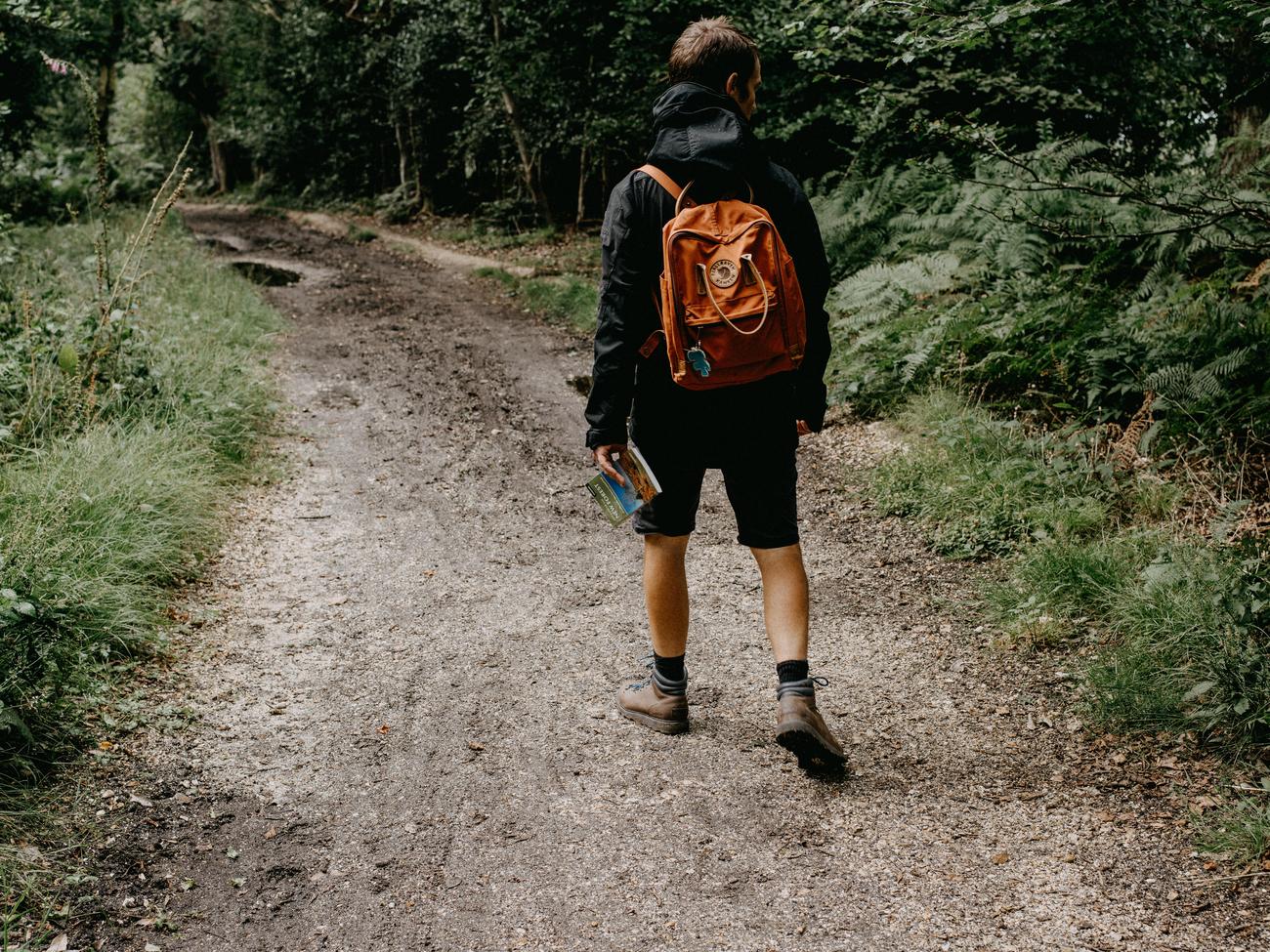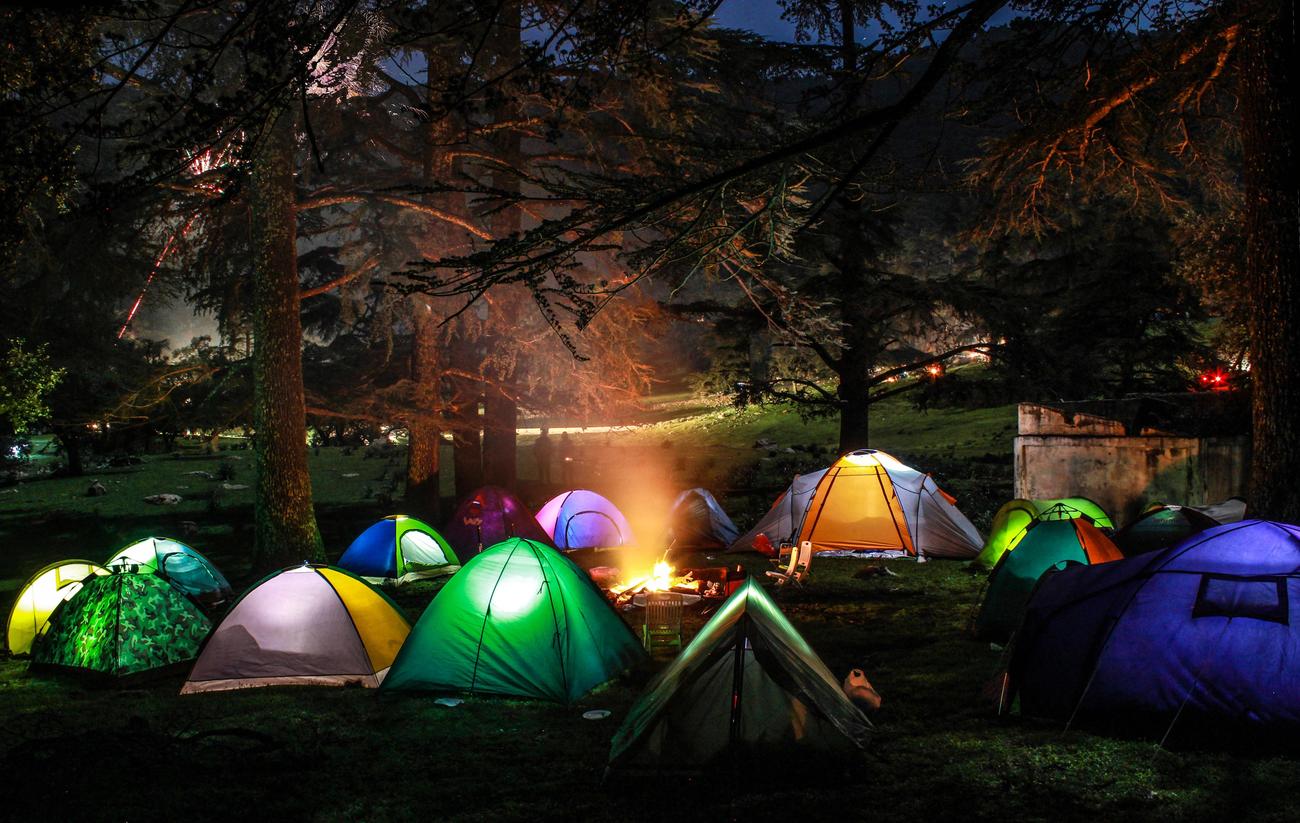Master the Art of Packing a Hiking Backpack: Expert Tips

Embarking on a thrilling hiking adventure can be an incredible experience, but it requires careful planning and preparation, starting with packing your backpack. As an experienced outdoor enthusiast and backpacking enthusiast, I understand the importance of efficiently packing a hiking backpack to ensure a safe and comfortable journey. With years of expertise and a genuine passion for the outdoors, I have refined my skills in selecting the necessary essentials, optimizing weight distribution, and maintaining a well-organized pack. In this article, I will share my expert tips and techniques to help you master the art of packing a hiking backpack, enabling you to enjoy your wilderness explorations to the fullest.
How to Pack a Hiking Backpack
Have you ever embarked on a thrilling hiking adventure, only to find yourself struggling with an overloaded and disorganized backpack? Fear not, fellow outdoor enthusiast! In this guide, I will share with you my expert tips on how to pack a hiking backpack like a pro. With a practical and efficient approach, you’ll be able to optimize weight distribution, ensure comfort, and have easy access to essential items during your unforgettable wilderness escapades.
When it comes to packing a hiking backpack, one crucial consideration is the size and fit of your pack. To start, make sure you have a backpack that suits your needs in terms of volume and adjustability. A properly fitted backpack should sit comfortably on your hips and distribute the weight evenly, reducing strain on your shoulders.
Quote: "A properly fitted backpack should sit comfortably on your hips and distribute the weight evenly."
To begin the packing process, divide your backpack into three key zones: the bottom, middle, and top. The bottom zone acts as a foundation for stacking other belongings on top, so store infrequently used and bulky items here. This helps to create a stable base, preventing your backpack from becoming top-heavy.
Next, loosen all the straps on your backpack and lay it on the ground in an upright position. This will make it easier to slip on. Stand next to the back panel with your legs apart and knees bent, then grab the haul loop at the top of the backpack and slide it over one shoulder. Adjust the shoulder straps and hip belt to ensure a comfortable fit, tightening the straps to distribute the weight evenly on your hips.
Quote: "Divide your backpack into three key zones: the bottom, middle, and top. Store infrequently used and bulky items in the bottom zone as a stable foundation."
To secure the contents of your backpack and prevent shifting during your hike, utilize the compression straps. These straps compress your load, making it more manageable and stable. Now that you have the foundation and compression sorted, it’s time to organize your gear in a way that keeps things easily accessible and maintains balance.
Consider using compartments or stuff sacks to keep your belongings organized. This will make finding items a breeze, saving you from digging through a jumbled mess. Pack your frequently needed items in pockets or compartments that are easy to reach, such as the backpack’s front pouch or kangaroo pouch. This way, you won’t have to spend unnecessary time rummaging through your entire pack on the trail.
Quote: "Organize your gear using compartments or stuff sacks to easily access your belongings and keep items in order."
Now comes the art of weight distribution. Balancing the weight between the bottom, middle, and top sections of your backpack is crucial to prevent strain on your back and maintain stability. Place lighter items on top, followed by heavier ones towards the bottom. Think of your backpack as a well-balanced see-saw – distributing the weight evenly ensures a more enjoyable and comfortable hiking experience.
As experienced hikers know, practice makes perfect. Before embarking on your hiking adventure, conduct a test pack and hike with your loaded backpack. This will allow you to assess the fit, comfort, and accessibility of your gear. Make any necessary adjustments and refinements to your packing strategy to find what works best for you.
Quote: "Balancing the weight between the bottom, middle, and top sections of your backpack is crucial to prevent strain on your back and maintain stability."
In addition to considering weight and organization, it’s important to prioritize comfort. Ensure your backpack’s straps, hip belt, and shoulder pads fit properly and snugly, providing adequate support and reducing discomfort caused by rubbing or chafing. Adjust the straps as needed during your hike to alleviate any pressure points or areas of discomfort.
When it comes to sustenance during your expedition, pack non-perishable, packable, and nutrient-dense foods. These lightweight options will provide you with the energy you need without adding unnecessary weight to your backpack. Don’t forget to stay hydrated by packing a reliable water reservoir or water bottles and keeping them within easy reach.
Quote: "Adjust your backpack's straps, hip belt, and shoulder pads for comfort. Pack non-perishable, packable, and nutrient-dense foods for sustenance."
Finally, let’s touch on the importance of maintaining an orderly backpack. Utilize organization systems and pack items in an orderly manner to make them easy to find when needed. Imagine your backpack as a well-organized closet – everything has its place, allowing you to locate items quickly and efficiently.
Quote: "Utilize organization systems and pack items in an orderly manner to make them easy to find when needed."
Remember, the art of packing a hiking backpack is not a one-size-fits-all approach. It requires trial and error to find what works best for you. Take note of what feels comfortable, accessible, and practical during each hiking trip, and refine your packing strategy accordingly.
So, with these expert tips up your sleeve, you’re ready to master the art of packing a hiking backpack. Prepare yourself for unforgettable outdoor adventures where you can hike with ease, knowing that your backpack is optimized for efficiency, comfort, and accessibility. Happy hiking!
Hiking is a great way to connect with nature, challenge yourself physically, and discover breathtaking views that only a select few get to experience. But did you know that there are some incredibly fascinating facts about hiking that might surprise you? If you’re eager to learn more about the world of hiking and all the intriguing tidbits it has to offer, then you’re in luck! Click here to uncover some fun facts about hiking that will leave you awe-inspired and ready to hit the trails: fun facts about hiking.
How to Pack Your Hiking Backpack for Maximum Comfort and Accessibility
[youtube v=”ruQdDdLB420″]
Introduction
When preparing for a hiking adventure, one crucial skill to learn is how to properly pack your backpack. By organizing your gear strategically, you can ensure a comfortable and enjoyable experience on the trail. In this article, we’ll explore expert tips for packing your backpack in a way that maximizes comfort, accessibility, and weight distribution.
Choosing the Right Backpack
Before you start packing, it’s essential to choose a backpack that fits properly and distributes weight evenly on your hips. A well-fitting backpack will reduce strain on your back and shoulders, allowing you to hike for longer periods without discomfort. Take the time to try on different backpack sizes and styles to find the perfect fit for your body.
The Three-Zone Approach
Dividing your backpack into three zones – bottom, middle, and top – is a practical method for efficient packing. Each section serves a specific purpose and helps keep your belongings organized. Let’s explore each zone in detail.
Bottom Section: Stable Base
In the bottom section of your backpack, store infrequently used and bulky items. Placing them here creates a stable base and prevents your pack from becoming top-heavy, which could throw off your balance. Items typically found in the bottom section include:
- Sleeping bag: The sleeping bag, being lightweight, should be placed at the bottom because it takes up significant volume but not much weight. It’s also an item you’ll only need at the end of the day.
- Base layer clothing: These are the clothes you’ll wear for sleeping. They can go alongside your sleeping bag in the bottom section.
- Sleeping pad: As a relatively lightweight item, place your sleeping pad here, as it won’t be needed while hiking during the day.
- Sleeping bag liner: Similar to the sleeping bag, the liner can be stored at the bottom, as it’s only required for sleeping.
By prioritizing weight distribution and stability in the bottom section, you’ll maintain a balanced and comfortable pack.
Middle Section: Heaviest Items
The middle section of your backpack should contain the heaviest items, positioned as close to your back as possible. This placement helps maintain balance and prevents strain on your shoulders. Here are some components for the middle section:
- Food sack: Your food should be packed in an organized manner in an easily accessible food sack. This ensures you can grab a quick snack or meal without disturbing the rest of your pack’s contents.
- Backpacking tent: Ideally, your tent should be packed vertically in the middle section, adjacent to the food sack. This arrangement provides stability and even weight distribution.
- Stove system: Place your stove system on top of the food sack. It should be packed securely to prevent movement during your hike.
With the heaviest items in the middle, your backpack will feel balanced and won’t strain your back throughout your journey.
Top Section: Accessibility and Convenience
The top section of your backpack is reserved for items you need regular access to throughout the day. While these items are generally lighter than those in the middle section, it’s crucial to pack them properly to maintain comfort and balance. Here’s what you can store in the top section:
- Mid layer clothing: This clothing layer is often used to regulate body temperature. Placing it above the middle section items makes it easily accessible when needed.
- Closure: Close your backpack by pulling the drawstring and securing it with the brain. This helps protect your belongings from the elements.
- Exterior pockets and brain: Utilize the exterior pockets and brain of your backpack for quick and easy access to smaller and lighter items. This could include rain gear, electronics, toiletries, and other essentials.
By keeping these items in the top section, you can grab what you need without having to unpack your entire backpack.
Organizational Strategies for Efficiency
To keep your belongings organized and easily accessible, consider implementing the following strategies:
- Compression straps: Use compression straps to secure the contents of your backpack and prevent shifting during your hike. This helps maintain stability and balance.
- Compartments or stuff sacks: Utilize compartments or stuff sacks to group similar items together and keep your gear organized. This makes it easier to find what you’re looking for and saves valuable time during your hike.
- Test pack and hike: Before embarking on your adventure, conduct a test pack and hike to assess the fit, comfort, and accessibility of your gear. Make any necessary adjustments to ensure everything is in order before hitting the trail.
Conclusion
Packing your backpack effectively is an essential skill that can significantly enhance your hiking experience. By following these expert tips, you’ll be able to distribute weight properly, maintain comfort, and access your gear easily throughout your journey. Remember to choose the right backpack, divide it into three zones, utilize compression straps and organization systems, and conduct a test pack and hike for optimal results. Happy hiking!
“Proper weight distribution and organization of your backpack can make a world of difference in your hiking experience. By utilizing the three-zone approach and implementing organizational strategies, you’ll be well-prepared and comfortable on the trail.”

FAQ
Question 1: How should I divide my hiking backpack when packing?
Answer 1: When packing a hiking backpack, it is helpful to divide it into three parts: bottom, middle, and top. The bottom zone is where you can store infrequently used and bulky items to create a foundation for stacking other belongings on top.
Question 2: How do I properly position and wear my backpack?
Answer 2: To properly position and wear your backpack, start by loosening all of the straps and tilting the pack to an upright position on the ground. Stand next to the back panel with your legs apart and knees bent. Grab the haul loop at the top and slide it over one shoulder. Adjust the shoulder straps and hip belt for a comfortable fit, and tighten the straps to distribute the weight evenly on your hips.
Question 3: How can I secure the contents of my backpack?
Answer 3: You can use compression straps to secure the contents of your backpack and prevent shifting. These straps help keep your gear in place and maintain the balance of your pack.
Question 4: How should I organize my gear inside the backpack?
Answer 4: It is beneficial to organize your gear in compartments or stuff sacks to keep things organized and easily accessible. This way, you can quickly find what you need during your hike and ensure that items are stored efficiently.
Question 5: What should I consider for weight distribution in my pack?
Answer 5: When packing a hiking backpack, it is essential to consider weight distribution. Aim to balance the weight between the bottom, middle, and top sections of your pack. This helps maintain stability and comfort while carrying your backpack. Practice doing a test pack and hike to adjust and refine your packing strategy based on your personal experience.
- Who Owns Mercedes Cars? 2025 Update: Unveiling the Shareholders - May 6, 2025
- UAE Federal National Council: Evolution of Participation - May 6, 2025
- Trump’s 2025 Portrait: Unveiled, Analyzed - May 6, 2025
















